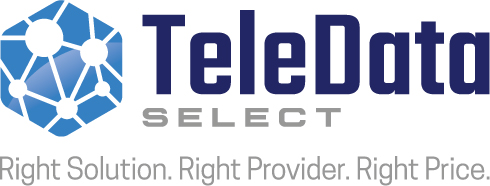Disaster Recovery and Business Continuity are often misunderstood concepts. This post is a high level explanation of what they are, how they relate to each other, who needs them and what it takes to make them effective.
Business Continuity:
Like the name implies, Business Continuity is all about keeping your business running when the day to day operations are negatively impacted by an unexpected event. It can cover an event as simple as a crashed server or power outage to an overwhelming natural disaster. A good example is how the Covid 19 business response was to move to a remote work model almost overnight. No infrastructure was out of commission but for many, it was a bumpy transition. Connectivity and bandwidth issues were a common complaint. Many newly remote workers didn’t know how to get online and get to the tools they use to do their job. Office IT teams were stretched to almost breaking to get employees up and running. Testing connectivity and functionality prior to it being a critical solution would have eased the transition.
The basic ingredients of Business Continuity include:
- Understand the day to day business processes.
- Inventory the tools used to perform the business processes, Hardware, software, network, office space, etc.
- Determine how the business processes can work in the short term while the tools identified above are repaired or replaced by the disaster recovery plan
Disaster Recovery:
Disaster Recovery is a subset of Business Continuity. It involves a set of policies, tools and procedures put in place to enable the recovery or continuation of technology infrastructure and systems following a natural or human-induced disaster. For the sake of discussion here, a disaster is defined as any outage that negatively impacts IT Infrastructure, Hardware, Data, Network, or real estate for longer than an agreed upon timeframe. As an aside, this timeframe is called Return to Operation (RTO). It is determined by balancing the cost of the downtime against the cost of rebuilding the impacted infrastructure or moving to backup infrastructure.
The basic ingredients of a disaster recovery plan include:
- An inventory and accounting of all the tools and infrastructure that a business uses to operate, including make, model and serial numbers, vendor contacts and support agreements. Anything that will help to repair or replace.
- Telecom information such as provider contacts, network diagrams, configurations, etc
- Software versions installed. Vendors and service agreements.
- Backups of software and data stored offsite (and tested to make sure they can be restored).
Too often, disaster recovery and business continuity preparations do not get the attention they deserve. Especially, before they are needed. Granted, it is not a small job. Maybe start with the inventory of your equipment. Between your IT and accounting departments, most of the info may already be collected. Check with your Hardware and software vendors, they may be able to recommend someone that builds these plans as a service. Investigate hosted services and cloud storage. These are by default disaster and continuity services. In short expect the unexpected because it is might just be waiting right around the corner.
Teledata Select offers a whole range of services that will help you meet your business goals. Starting with a complimentary review of your current telecommunication bills to identify errors and find opportunities for savings, better service and more functionality. We also offer project management for new service implementation and infrastructure installs, including fiber and low voltage cabling. Call us at 404-257-1502 to discuss your current Telecom Service Solution and what you would like to get out of it. Or send us a note via This Link to start a no obligation discussion of your specific business technology needs.
 Don Miller is a PMP certified Project Manager splits his time between Atlanta and Seattle. He has come to Teledata Select via Seattle, New York and Washington DC. His experience running small to multi-million dollar projects in the Banking, Software, Telecommunications and Insurance Industries across the US has given him a wide range of business.
Don Miller is a PMP certified Project Manager splits his time between Atlanta and Seattle. He has come to Teledata Select via Seattle, New York and Washington DC. His experience running small to multi-million dollar projects in the Banking, Software, Telecommunications and Insurance Industries across the US has given him a wide range of business.


0 Comments